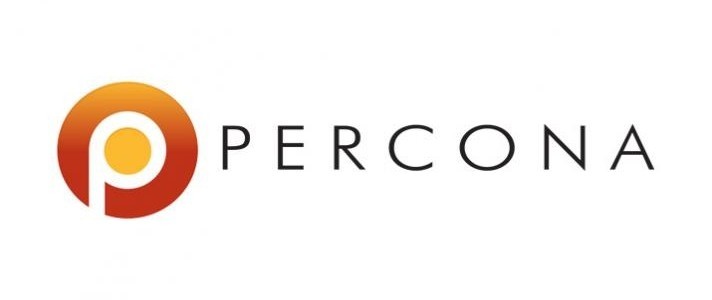

PostgreSQL “has more features” than other database management systems ( users attest to this). That’s because PostgreSQL is better at handling extraordinary database situations (we’ll talk more about this later). PostgreSQL is perceived as a go-to solution for performing complicated, high-volume data operations. Get Started PostgreSQL: General Characteristics It is secure and is not vulnerable to any security vulnerabilities.įor more information on Xplenty's native MySQL connector, visit our Integration page. It can be installed on all platforms like Windows, Linux, and Mac. It is a lightweight database which can be installed and used on production application servers with big multi-tier applications as well as on a desktop by developers. MySQL is open source, free, stable database management system which can be used in production applications. Here’s a great summation of MySQL from a G2Crowd reviewer:
Mysql vs mysql enterprise releases update#
The most recent update was Version 8.0.16 on April 25, 2019.

Frequent updates: MySQL benefits from frequent updates with new features and security improvements.

A feature that PostgreSQL is more widely known for (we’ll talk more about this below). MVCC features: MySQL now offers multi-version concurrency control (MVCC) features.Stable and reliable: Users agree that MySQL is a very stable RDBMS as long as you keep your databases “tidy” and perform regular maintenance.Supportive community: A devoted community of volunteers is available to help with troubleshooting when needed.

Mysql vs mysql enterprise releases free#
Open source: MySQL is a free and open source relational database management system (RDBMS).Here are some additional characteristics of MySQL: In addition, popular content management systems like Drupal, Joomla, and WordPress rely on MySQL, so you find MySQL virtually everywhere on the web. In fact, MySQL is the go-to choice for scalable web applications – partly because it comes standard in the LAMP stack (an open-source suite of web applications that consists of Linux, Apache HTTP Server, MySQL, and PHP). Although it lacks the extensive features of PostgreSQL, it’s an excellent match for a wide range of applications – especially web applications. What Operating Systems Do They Work With?Īs the world’s most popular DBMS – with 39% of developers using it in 2019 – MySQL is a fast, reliable, general-purpose, relational database management system.Which Programming Languages Do They Support?.Why Do Developers Choose One Over the Other?.General Overview of MySQL and PostgreSQL.Feel free to skip to the sections that interest you most: In this guide, we’ll help you understand the different characteristics of MySQL and PostgreSQL, so you can determine which one is better for your use case. Geographic Information System (GIS) / Spatial Reference System (SRS) Even though every new release is bringing MySQL and PostgreSQL closer together with respect to their offerings (see table), the distinct characteristics of these database systems mean that – for certain use cases – one could be better than the other. Finally, they’ll remind you that MySQL is light on features so it can focus “ speed and reliability”.įor the most part, these perspectives are right. They’ll also note that PostgreSQL comes with “ a slew of great features” – like extensibility and native NoSQL capabilities to help you deal with challenging database circumstances. Most developers will tell you that MySQL is better for websites and online transactions, and PostgreSQL is better for large and complicated analytical processes. Postgres is an object-relational database (ORDBMS) with features like table inheritance and function overloading, where as MySQL is a pure relational database (RDBMS).MySQL is simpler database that’s relatively easy to set up and manage, fast, reliable, and well-understood.Postgres is a feature-rich database that can handle complex queries and massive databases.The Critical Differences of Postgres vs MySQL:


 0 kommentar(er)
0 kommentar(er)
